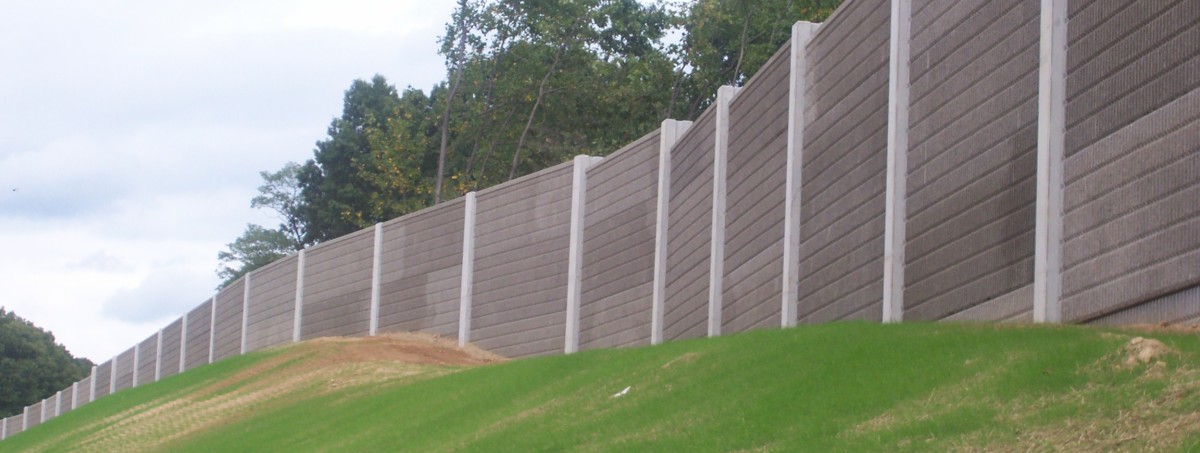DESCRIPTION
Touted by the Virginia Department of Transportation as the biggest enhancement to the Washington, DC beltway in more than 30 years, the 14 mile High Occupancy Toll (HOT) lanes project replaces more than $260 million in aging infrastructure, including more than 50 bridges and overpasses from the Springfield Interchange on I-495 to north of the Dulles Toll Road. With a total construction cost in excess of $1 billion, this project creates two new lanes in each direction. To create these lanes, the existing road needed to be widened which required multiple types of retaining walls, sound walls and ground improvement for support of highway embankments.
CHALLENGE
There were multiple challenges on the project including right of way restrictions, existing utilities, and close proximity to existing neighborhoods and businesses. The high ground water and sandy soil conditions presented a challenge regarding the installation of drilled shafts for soundwall construction. These conditions resulted in caving soils which were unanticipated when compared to the project borings. Overhead power lines were also encountered which required an alternate post and panel design since full depth posts and panels could not be installed. These issues had to be resolved quickly in order to keep the project on budget and on schedule.
SOLUTION
GeoStructures was selected for the design and installation of all the soundwalls, and many of the retaining wall and ground improvement works. Aggressive localized dewatering was used to lower the water table in areas to allow for the drilling of the post and panel wall drilled shafts. In order to stabilize the sandy soil conditions susceptible to caving, a unique drill head adaptor was used to facilitate lifting, placing, and driving of corrugated metal pipe casings. In order to address both the overhead power line and shallow rock concern, the soundwalls were redesigned using a post with a base plate that was bolted down to either a drilled shaft foundation with anchor bolts or a spread footing designed for overturning. This eliminated the need for long posts that could not be placed under the power line and eliminated rock drilling. In order to place panels under the power line, panel stacks were shortened to two feet high and a spreader beam was used for panel placement to further minimize headroom requirements.
